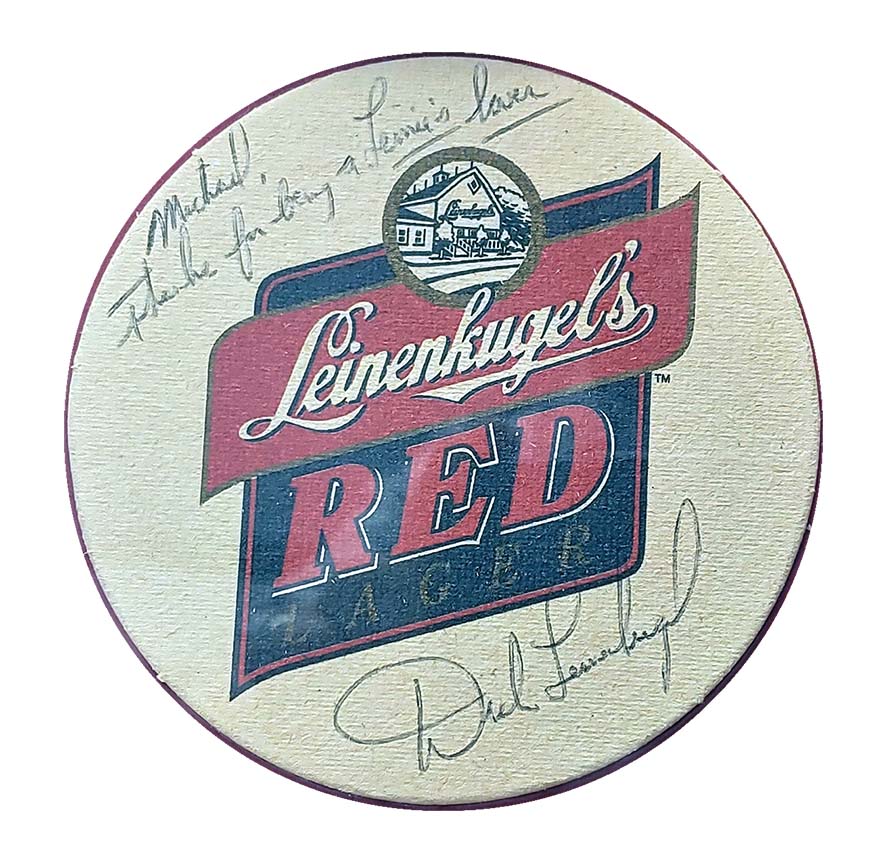
Dorri Partain
Contributor
Whether you use it under your beer glass to collect moisture or on top to keep your beverage fresh, these practical mats have evolved into collector’s items.
First composed of cardboard, the “bierdeckel” was a product of the Friedrich Horn Company in Germany by 1880. Robert Sputh of Dresden, Germany, patented a beer mat formed from wood pulp in 1892, which was more absorbent than cardboard. By the 1900’s, the simple mat proved perfect for advertising, with breweries imprinting their company name or brands in a single color of ink. Today, 97% of the beer mats produced use wood pulp from Germany’s Black Forest.
Predating the invention of the beer mat, Jacob Leinenkugel (1842-1889) began brewing beer in 1867. His family emigrated from Germany when he was three years old and he learned the brewing process from his father. The Jacob Leinenkugel Brewing Company, based in Chippewa Falls, Wis., proved popular with the loggers that worked in that area. Following his death, his son Matthias took over daily operations, leading to a long line of Leinenkugel offspring that have been involved in the company’s products and growth.
As shown, this Leinenkugel’s Red Lager promotional mat was autographed by Dick Leinenkugel, the great-great grandson of Jacob. Dick joined the family business in 1987 and was promoted to company president in 2014. Following Dick’s retirement in February of this year, a nephew has filled that position as the sixth generation of Leinenkugels to oversee the company, which has been owned by Molson Coors since 2016.
Leinenkugel’s Red Lager was introduced in 1993 but has since been replaced by the Red Pale Ale, making the lager no longer available locally. The inscription on the beer mat reads, “Michael, thanks for being a Leinie’s lover,” and is preserved in a frame at the home of Northeast News publisher Michael Bushnell.


















